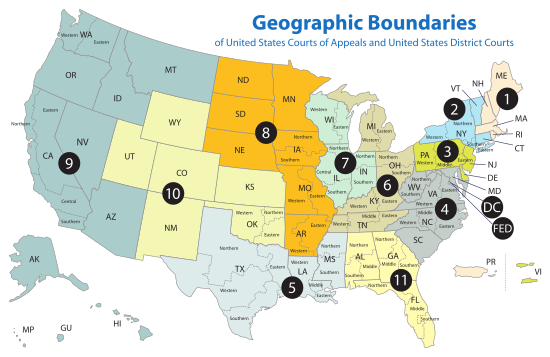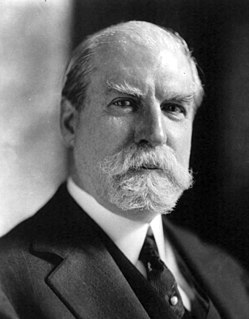
Charles Evans Hughes Sr. was an American statesman, politician and jurist who served as the 11th Chief Justice of the United States from 1930 to 1941. A member of the Republican Party, he previously was the 36th Governor of New York (1907–1910), an associate justice of the Supreme Court (1910–1916), and 44th U.S. Secretary of State (1921–1925), as well as the Republican nominee for President of the United States in the 1916 presidential election.

William Howard Taft was the 27th president of the United States (1909–1913) and the tenth chief justice of the United States (1921–1930), the only person to have held both offices. Taft was elected president in 1908, the chosen successor of Theodore Roosevelt, but was defeated for reelection in 1912 by Woodrow Wilson after Roosevelt split the Republican vote by running as a third-party candidate. In 1921, President Warren G. Harding appointed Taft to be chief justice, a position he held until a month before his death.

The Supreme Court of the United States is the highest-ranking judicial body in the United States. Established by Article III of the Constitution, the detailed structure of the court was laid down by the 1st United States Congress in 1789. Congress specified the Court's original and appellate jurisdiction, created 13 judicial districts, and fixed the initial size of the Supreme Court. The number of justices on the Supreme Court changed six times before settling at the present total of nine in 1869. A total of 115 justices have served on the Supreme Court since 1789. Justices have life tenure, and so they serve until they die in office, resign or retire, or are impeached and removed from office.

Horace Harmon Lurton was an Associate Justice of the Supreme Court of the United States and previously was a United States Circuit Judge of the United States Court of Appeals for the Sixth Circuit and of the United States Circuit Courts for the Sixth Circuit.

Joseph Rucker Lamar was an Associate Justice of the United States Supreme Court appointed by President William Howard Taft. A cousin of former associate justice Lucius Lamar, he served from 1911 until his death in 1916.

The Ohio Republican Party is the Ohio affiliate of the Republican Party. It was founded in Columbus, Ohio, in 1854.
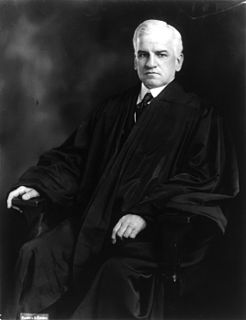
John Hessin Clarke was an American lawyer and judge who served as an Associate Justice of the United States Supreme Court from 1916 to 1922.
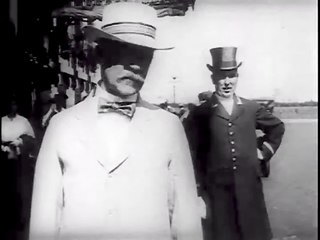
The 1916 Republican National Convention was held in Chicago from June 7 to June 10. A major goal of the party's bosses at the convention was to heal the bitter split within the party that had occurred in the 1912 presidential campaign. In that year, Theodore Roosevelt bolted the GOP and formed his own political party, the Progressive Party, which contained most of the GOP's liberals. William Howard Taft, the incumbent president, won the nomination of the regular Republican Party. This split in the GOP ranks divided the Republican vote and led to the election of Democrat Woodrow Wilson. Although several candidates were openly competing for the 1916 nomination—most prominently conservative Senator Elihu Root of New York, Senator John W. Weeks of Massachusetts, and liberal Senator Albert Cummins of Iowa—the party's bosses wanted a moderate who would be acceptable to all factions of the party. They turned to Supreme Court Justice Charles Evans Hughes, who had served on the court since 1910 and thus had the advantage of not having publicly spoken about political issues in six years. Although he had not sought the nomination, Hughes made it known that he would not turn it down; he won the presidential nomination on the third ballot. Former Vice President Charles W. Fairbanks was nominated as his running mate. Hughes is the only Supreme Court Justice to be nominated for president by a major political party. Fairbanks is the last former vice president, to be nominated for vice president.
President Richard Nixon entered office in 1969 with Chief Justice Earl Warren having announced his retirement from the Supreme Court of the United States the previous year. Nixon appointed Warren E. Burger to replace Earl Warren, and during his time in office appointed three other members of the Supreme Court: Associate Justices Harry Blackmun, Lewis F. Powell, and William Rehnquist. Nixon also nominated Clement Haynsworth and G. Harrold Carswell for the vacancy that was ultimately filled by Blackmun, but the nominations were rejected by the United States Senate. Nixon's failed Supreme Court nominations were the first since Herbert Hoover's nomination of John J. Parker was rejected by the Senate.
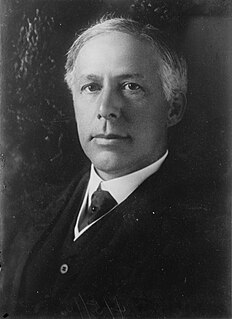
Willis Van Devanter was an American lawyer who served as an Associate Justice of the Supreme Court of the United States from 1911 to 1937. He was a staunch conservative and was regarded as a part of the Four Horsemen, the conservative block which dominated the Supreme Court during the 1930s.

James Clark McReynolds was an American lawyer and judge from Tennessee who served as United States Attorney General under President Woodrow Wilson and as an Associate Justice of the Supreme Court of the United States. He served on the Court from October 1914 to his retirement in January 1941. He is best known today for his sustained opposition to the domestic programs of President Franklin D. Roosevelt and his personality, which was widely viewed negatively and included documented elements of overt antisemitism and racism. Born in Elkton, Kentucky, McReynolds practiced law in Tennessee after graduating from the University of Virginia School of Law. He served as the U.S. Assistant Attorney General during the administration of President Theodore Roosevelt and became well known for his skill in antitrust cases. After President Wilson took office in 1913, he appointed McReynolds as his administration's first Attorney General. Wilson successfully nominated McReynolds to the Supreme Court in 1914 to fill a vacancy caused by the death of Associate Justice Horace Harmon Lurton.

George Alexander Sutherland was an English-born American jurist and politician. He served as an associate justice of the U.S. Supreme Court between 1922 and 1938. As a member of the Republican Party, he also represented Utah in both houses of Congress.
During his twelve years in office, President Franklin D. Roosevelt appointed eight new members of the Supreme Court of the United States: Associate Justices Hugo Black, Stanley F. Reed, Felix Frankfurter, William O. Douglas, Frank Murphy, James F. Byrnes, Robert H. Jackson, and Wiley Blount Rutledge. Additionally, he elevated sitting Justice Harlan F. Stone to chief justice. Roosevelt's nine nominations filled eight seats on the Supreme Court because Associate Justice Byrnes resigned while Roosevelt was still in office. Roosevelt nominated Rutledge to the seat vacated by Byrnes.
During his only term in office, President Herbert Hoover appointed three members of the Supreme Court of the United States: Chief Justice Charles Evans Hughes, and Associate Justices Owen Roberts and Benjamin Cardozo. Additionally, with his failed nomination of John J. Parker, Hoover became the first president since Grover Cleveland to have a Supreme Court nomination rejected by the United States Senate.
During his time in office, President Warren G. Harding appointed four members of the Supreme Court of the United States: Chief Justice William Howard Taft, and Associate Justices George Sutherland, Pierce Butler, and Edward Terry Sanford.
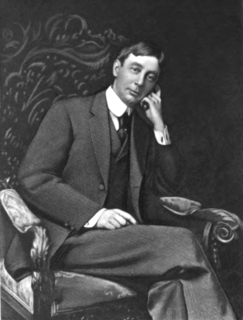
Asa Palmer French was an American attorney who served as the United States Attorney for the District of Massachusetts from 1906 to 1914.

The Taft Court refers to the Supreme Court of the United States from 1921 to 1930, when William Howard Taft served as Chief Justice of the United States. Taft succeeded Edward Douglass White as Chief Justice after the latter's death, and Taft served as Chief Justice until his resignation, at which point Charles Evans Hughes was nominated and confirmed as Taft's replacement. Taft was also the nation's 27th president (1909–13); he is the only person to serve as both President of the United States and Chief Justice.

The White Court refers to the Supreme Court of the United States from 1910 to 1921, when Edward Douglass White served as Chief Justice of the United States. White, an associate justice since 1894, succeeded Melville Fuller as Chief Justice after the latter's death, and White served as Chief Justice until his death a decade later. He was the first sitting associate justice to be elevated to chief justice in the Court's history. He was succeeded by former president William Howard Taft.

Louis Brandeis was nominated to serve as an associate justice of the Supreme Court of the United States by U.S. President Woodrow Wilson on January 28, 1916, after the death in office of Joseph Rucker Lamar created a vacancy on the Supreme Court. Per the Constitution of the United States, Brandeis' nomination was subject to the advice and consent of the United States Senate, which holds the determinant power to confirm or reject nominations to the U.S. Supreme Court. Brandeis' nomination attracted significant opposition and controversy. This partially arose from his reputation and record as a lawyer of being regarded a "people's lawyer" hostile towards corporate interests. Brandeis had a record of opposing monopolies, criticizing investment banks, and advocating for workers' rights. Concerns were raised about the "radicalism" of Brandeis. Opposition also arose from antisemitism due to Brandeis being the first Jewish nominee to the Supreme Court of the United States. Brandeis' nomination was subject to near-unprecedented confirmation hearings conducted by the Senate Committee on the Judiciary. The 125-day gap between his nomination and the full-Senate vote on confirming him to the court is by far the longest such gap for any U.S. Supreme Court nomination that was brought to a confirmation vote. He was confirmed on June 1, 1916, in a 47–22 vote.
